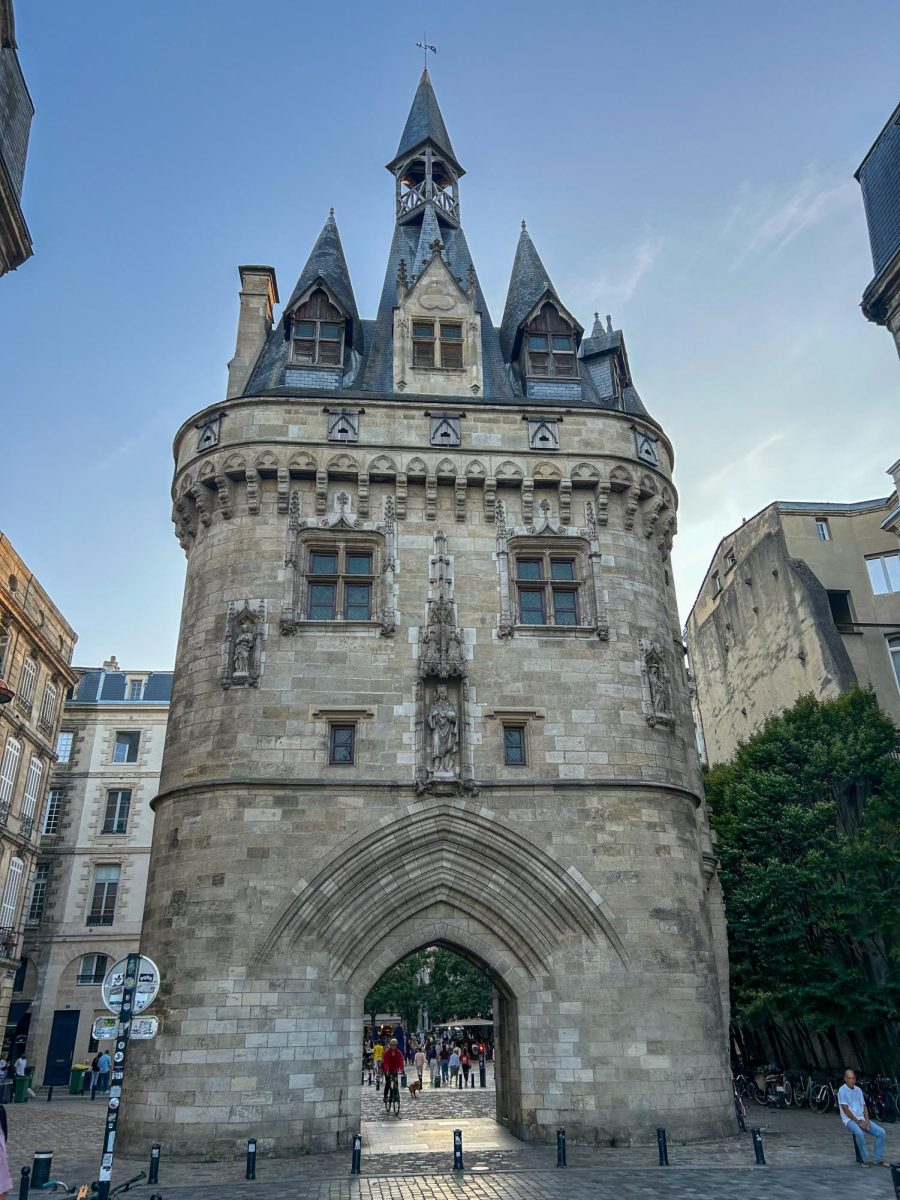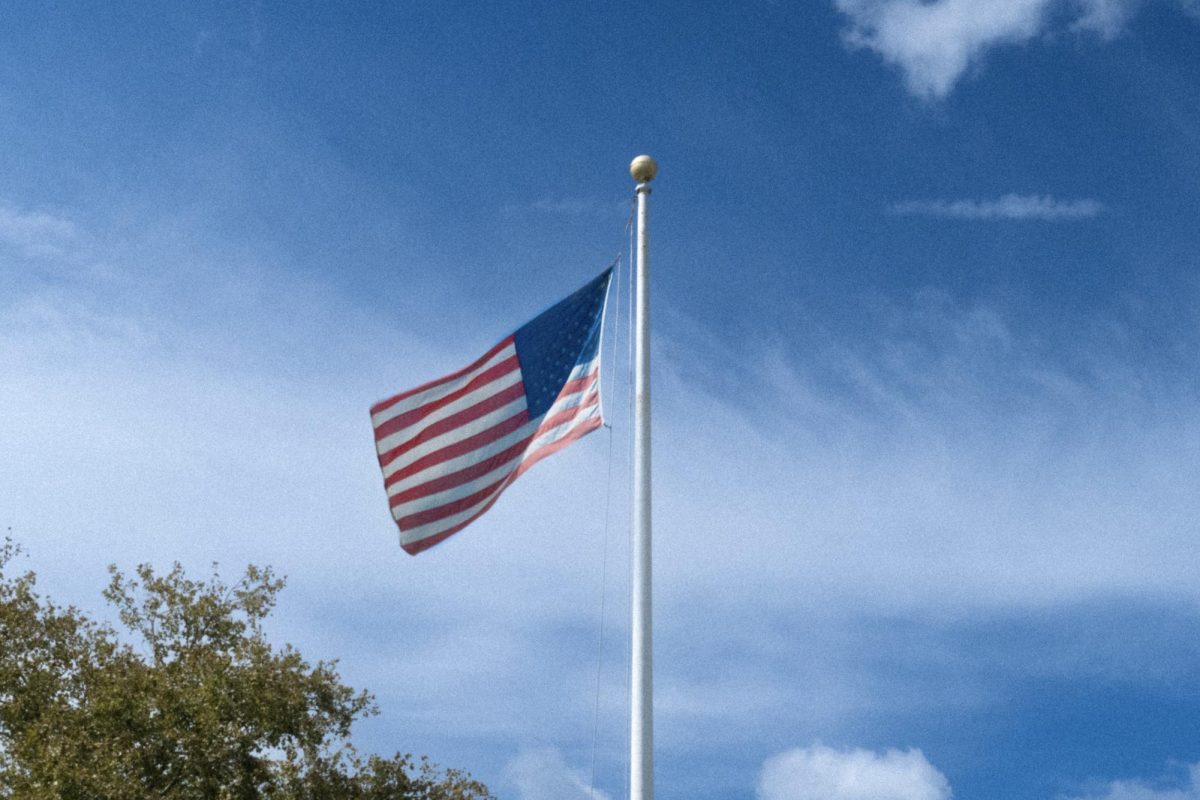Last Thursday students, teachers, activists and average citizens filed into the Chamberlain Student Center’s Eynon Ballroom to hear world-renowned artist Dread Scott speak about his latest exhibition “A Sharp Divide” followed by a panel discussion on the criminal justice system.
The exhibit itself displayed various works depicting police brutality, mass incarceration and the prison industrial complex, controversial issues that currently polarize the United States.
“I make art to get to a new world, a world without exploitation and oppression,” Scott explained.
The event took about a year of planning from Rowan’s Office of Social Justice Inclusion and Conflict Resolution (SJICR) and Rowan’s Art Gallery. It was part of the week-long series of PRIDE Week hosted by the SJICR. PRIDE Week was dedicated to bringing awareness to the current state of the criminal justice system, especially the privatization and capitalization of prisons and mass incarceration.
“I just want students to get an awareness for a system that is oppressing people,” said John Mills, associate coordinator for the SJICR. “I believe that this is this generation’s number one human rights issue.”
The gallery and exhibitions program director Mary Salvante played a crucial role in looking for an artist that tackles such relevant issues. Even though other artists were considered, “Dread Scott was at the top of the list,” Salvante said.
However, Scott is no stranger to controversy.
In his 2010 piece “Money to Burn,” Scott participated in the Occupy Wall Street movement and burned over $200 of his own money, encouraging people to do the same.
Likewise, in his 1988 piece “What is the Proper Way to Display the American Flag?” he displayed an American flag on the floor in front of a book, inviting patrons to step on the flag and write their responses to the question. This piece caused immense backlash from members of Congress and former President George H.W. Bush.
After discussing his artwork, he joined the panel of experts to talk about the cultural and societal themes that his work is based off of. The conversation became lively once the topic of police brutality and accountability became the primary focus.
Panelist Lou Butler, a detective for the Glassboro Police Department, admitted that even though there are corrupt people on the force and the system is flawed, change is on the way. He later went on to say that the media only portrays one narrative and that officers often do the right thing.
“Is there racism in the system? Yes. But there is racism everywhere,” Butler said.
When asked about police accountability, Butler stated that one must trust the system and people become upset when it is not the verdict they expected.
Scott swiftly and fervently refuted Butler’s statement, saying that the system needs to be eradicated and a new one be built. To accept the system in its current state is unacceptable. He also referenced the report conducted on the Baltimore Police Department, who has been catching flack for their aerial surveillance program.
Although Scott’s work is based on social injustices, he dreams of a radically different world and hopes his art will inspire people to make these changes.
“When I work I think about questions confronting humanity and I research it,” Scott said. “I’d like to see a world without exploitation, without borders, even without nations.”
For comments/questions about this story, email [email protected] or tweet @TheWhitOnline.

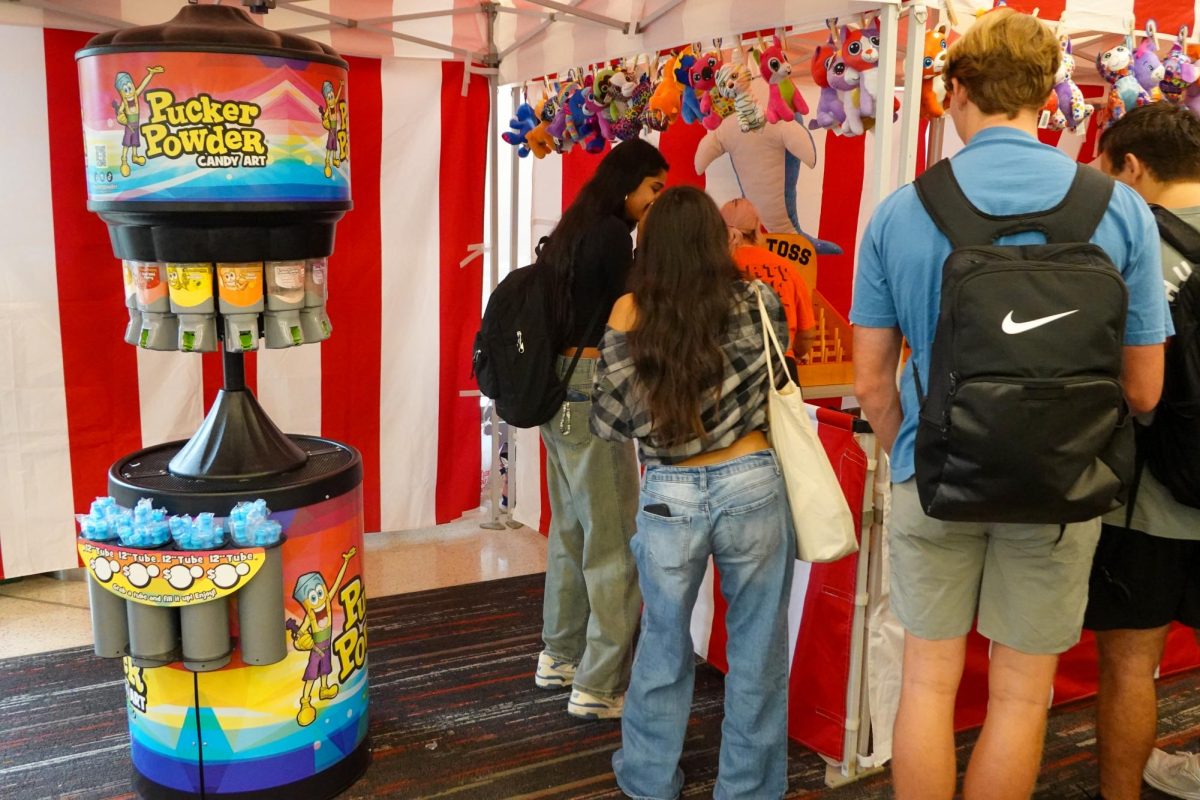


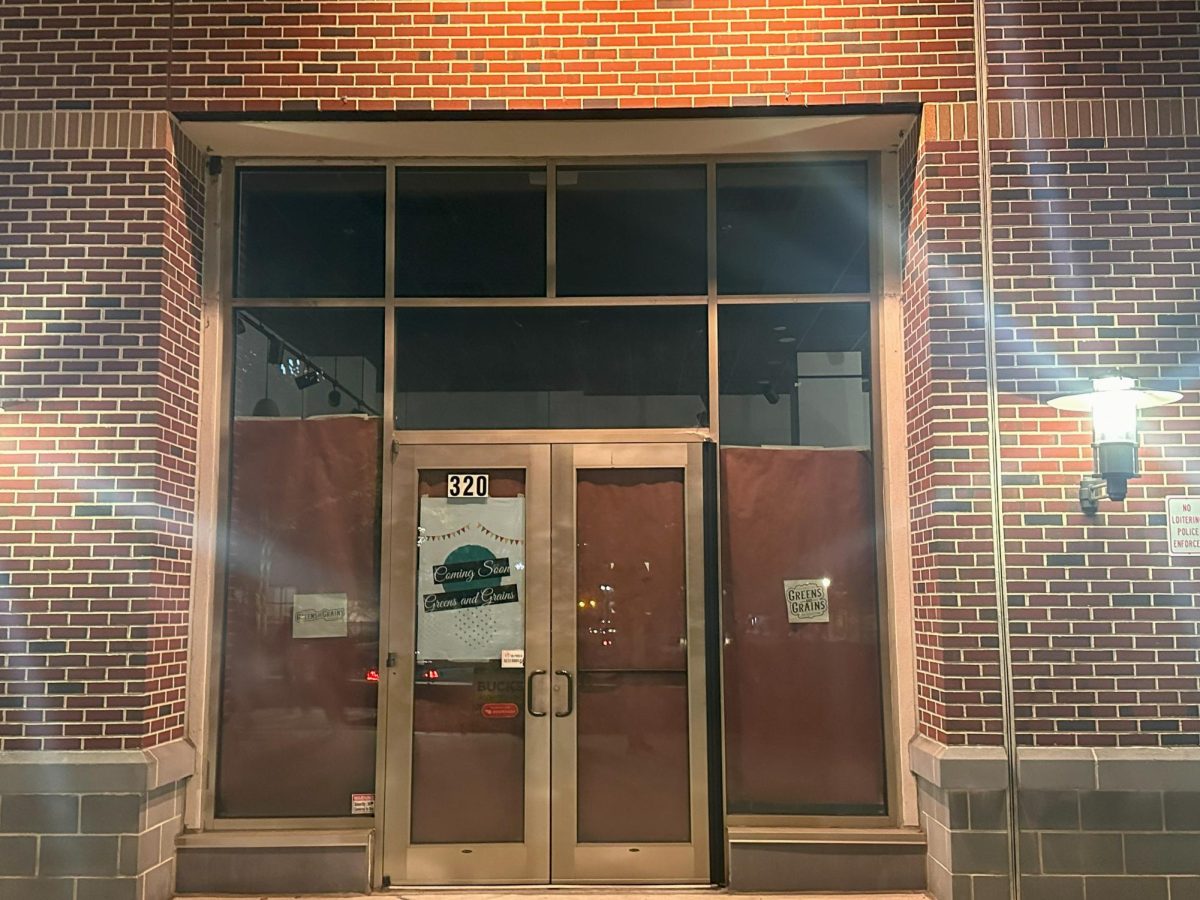



















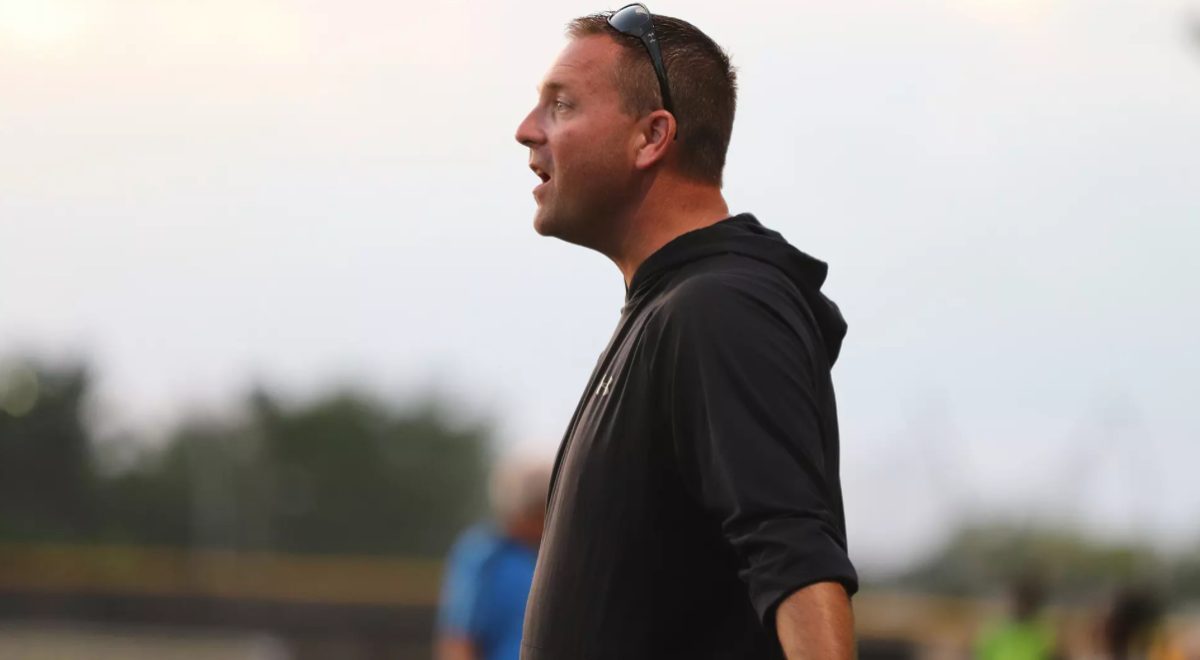






























































































































!["Working with [Dr. Lynch] is always a learning experience for me. She is a treasure,” said Thomas. - Staff Writer / Kacie Scibilia](https://thewhitonline.com/wp-content/uploads/2025/04/choir-1-1200x694.jpg)















